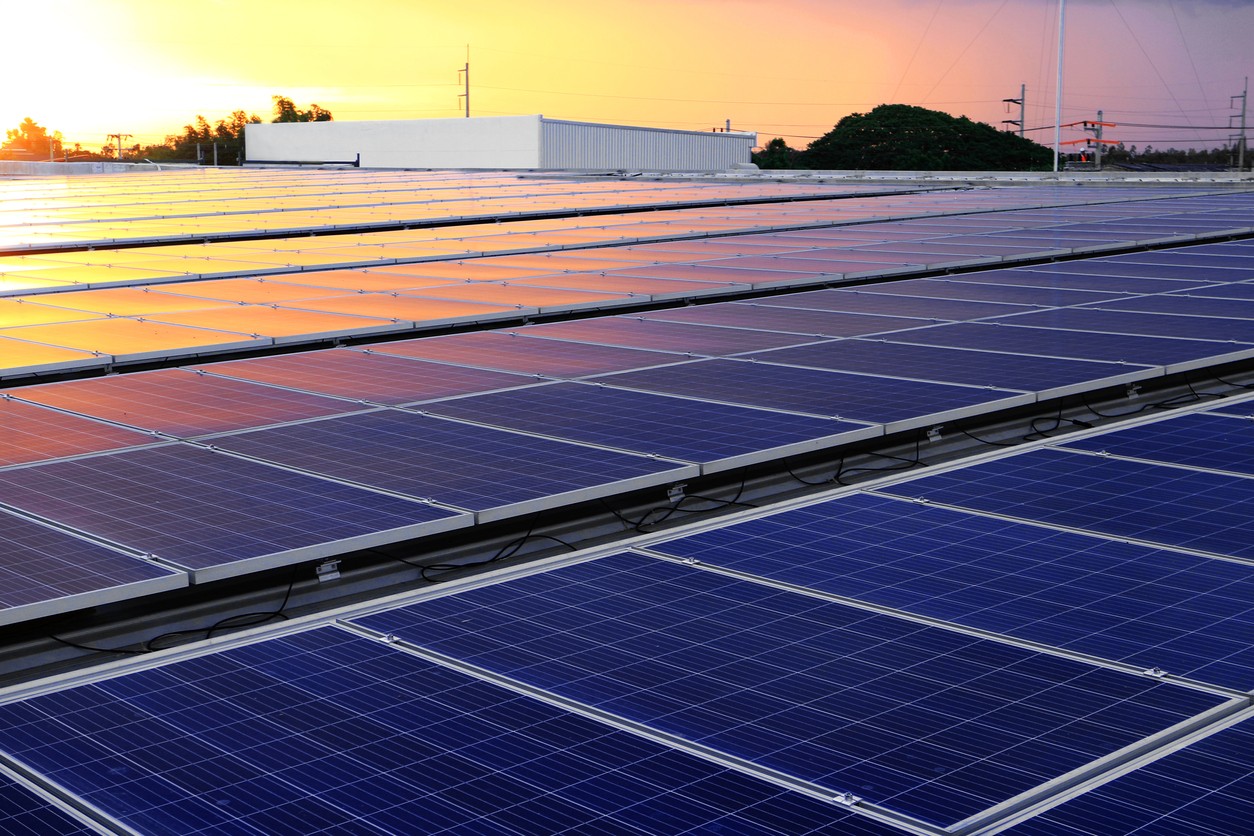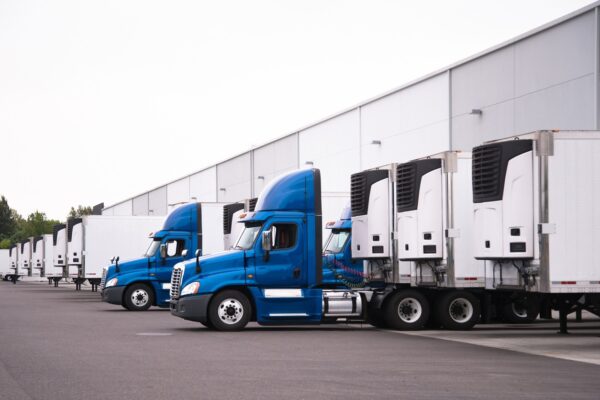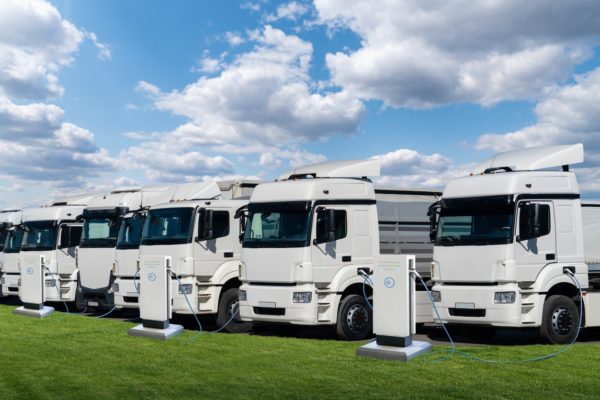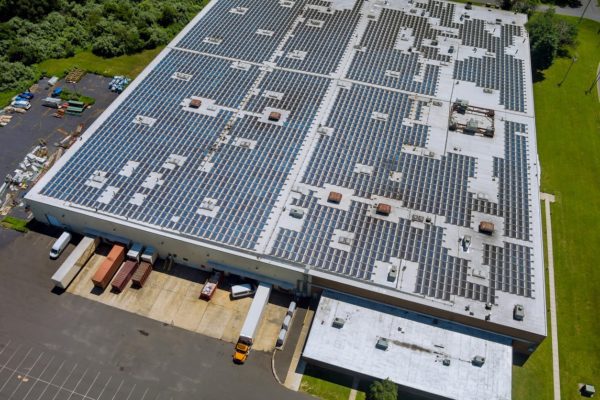
The South Coast Air Quality Management District (AQMD) created The Warehouse Actions and Investments to Reduce Emissions (WAIRE) Program, a point system based on a menu that regulates warehouse operators and owners for various behaviors. One of the program’s main objectives is to ensure that warehouse operators and owners use the least energy and equipment possible while lowering nitrogen and diesel emissions. It will be an important initiative in the new few year to reduce emissions and improve South Coast air quality.
Learn about WAIRE and its increasing significance and how to accumulate points, follow the WAIRE Program requirements, and use alternative energy-producing equipment below.
The Increasing Significance of the WAIRE Program

The WAIRE Program, also referred to as Rule 2305, aims to enhance the air quality in well-known counties like Riverside County, Orange County, and Los Angeles County. South Coast AQMD proposed this initiative to ensure that most of California’s warehouses strictly follow the guidelines to keep them from utilizing any fuel type that degrades air quality.
The South Coast AQMD emphasized the program’s significance by stressing the mounting health issues individuals in various Californian counties have experienced due to poor air quality.
Reputable studies have documented the growing harm caused by excessive nitrogen emissions from warehouses worldwide. It is crucial to address such concerns before things spiral out of control because they lead to breathing problems. The WAIRE Program has now been implemented, and all storage facilities governed by the South Coast AQMD are required to adhere to its regulations.
What Is the WAIRE Points Compliance Obligation (WPCO)?
Warehouse owners must gain WAIRE points under the WAIRE Program’s menu-based point system by carrying out tasks from the WAIRE menu, putting into practice a Custom WAIRE Plan that is approved, or paying an annual mitigation charge.
Warehouse operators must provide reports about facility operations and compliance strategies, and informational reports on their buildings (Warehouse Operators Notification) from warehouse owners.
Warehouse operators additionally must generate specific points (WPCO) for each compliance period.
Relevant Terms Regarding The Compliance Requirements of The WAIRE Program
The equation for calculating the WAIRE points compliance obligation includes the following terms:
- WATTs: Measure how many trucks have entered and exited a warehouse overall. When straight trucks and tractors transport or pick up items, the trip is categorized as a truck trip because it is one-way. If they entered and left a warehouse, a truck would take trips. However, not all trucks are weighed equally due to variations in pollution levels.
- Stringency: Depending on this number, warehouse operators must adhere to a certain level of compliance. It is now set at 0.0025 WAIRE Points per WATT and will be implemented gradually over three years.
- Annual Variable: The value changes depending on the phase-in schedule and compliance year.
Learn more about the equation and its intended use below.
How Does the Point System of the WAIRE Program Work?

Owners and operators of warehouses are subject to strict regulation by the South Coast AQMD, which mandates that they follow a point system to cut back on hazardous energy emissions. These people will get a set number of points every year when selecting equipment that generates alternative energy.
One of the most typical ways to earn points is by paying a mitigation charge. However, if you wish to pay less in fees, you can either follow the different WAIRE Program guidelines or complete tasks listed in a site-specific WAIRE plan.
The SCAQMD offers cost savings to warehouse facilities that switch to zero-emission trucks and vehicles. In addition to receiving additional rewards, accumulating more points may allow you to save the extra ones later or transfer some of your existing ones to other sites.
Warehouses use the following methodology to calculate the number of WAIRE points a warehouse operator must accrue over the applicable compliance period.
𝑊𝑃𝐶𝑂 = 𝑊𝐴𝑇𝑇𝑠 × 𝑆𝑡𝑟𝑖𝑛𝑔𝑒𝑛𝑐𝑦 × ( 𝐴𝑛𝑛𝑢𝑎𝑙𝑉𝑎𝑟𝑖𝑎𝑏𝑙𝑒)
In this equation, the number of points a WAIRE home operator must accumulate yearly is the WAIRE points compliance obligation or WPCO. To reiterate, the number of travels a truck makes in a given year, measured in weighted annual truck trips, is measured in WATTs, and each WATT has a severity of 0.0025 WAIRE points.
The Weighted Annual Truck Trips at a warehouse are the total number of truck trips that occurred throughout the compliance period when the warehouse operator was in charge of managing warehousing operations.
If more than one warehouse operator uses a warehouse, the calculation of the WATTs is for truck trips to or from that operator. The WAIRE Program Implementation Guidelines state that the warehouse operator must gather actual truck monitoring and assessment to a warehouse using methods that produce verifiable and accurate records.
The alternative for warehouse owners or operators seeking compliance is to purchase the necessary quantity of WAIRE points under the “mitigation fee alone” option. The SCAQMD Board believes this approach would be the most expensive, costing warehouse owners and operators about $.83/SF in the program’s first year.
With this choice, the counties with the worst air quality will see a reduction in pollutants. Proponents of Source Regulation 2305 claim that as a result of the regulation, NOx emissions are expected to decrease by 10-15% by 2031. The area would be able to comply with the EPA’s present, federally imposed guidelines for air quality with this reduction.
What is Alternative Energy Generation Equipment?

Alternative energy generation equipment uses renewable resources or renewable methods to generate clean energy. People benefit from using natural power sources instead of expensive, yet dangerous energy production machinery. Renewable energy is the newest technology that also helps reduce emissions.
1. Solar Energy
Among all energy sources, solar energy has the lowest environmental impact. It neither pollutes the water nor contributes to the production of greenhouse gases. Additionally, it needs a tiny amount of water for upkeep; nuclear power plants use about 20 times as much water. A significant advantage of solar energy production is its lack of noise, as many solar systems are present in urban areas.
People have dried food, stayed warm, and grown crops using sun energy for thousands of years. It is a productive way to generate energy and you will use utility company power less frequently by producing your own electricity.
Additionally, it will lower your energy costs, and you may make money by selling any extra electricity you produce back to the grid. With the help of the available solar panel grants, you might raise green investment’s value. As you produce more energy and draw less from the source, your level of energy independence will increase.
2. Hydroelectric Power Equipment
Water, typically swiftly moving water in a large river or swiftly falling water from a high elevation, moves the turbine blades of a generator in a hydropower system to produce energy.
Mega-dams, also called enormous hydropower facilities, are excellent nonrenewable energy sources inside and outside the country. Mega-dams change and reduce natural flow patterns, restricting access for populations of animals and people that depend on such rivers.
This energy generation apparatus saves enormous quantities of grid electricity while producing eco-friendly electricity. However, using hydroelectric power to generate electricity off the grid is expensive.
3. Wind Energy
Returning to wind turbines is illogical in light of the newest technology and innovation. With the power of the strong wind, the broad turbine blades spin and charge electric generators. The generators will help in generating electricity. However, many storage facilities still use this equipment to produce alternative energy.
Wind energy, which supplies 9.2% of the country’s electricity, is an inexpensive energy source in the US. It is easier to install wind turbines at places with strong winds, including on mountaintops, vast plains, and even open water. However, solar energy is better than wind energy overall.
How Coldwell Solar Can Help You Comply with WAIRE
Many California-based warehouse operators and owners have found it challenging to comply with the WAIRE Program. Complying with WAIRE will only make things more difficult for warehouse owners who already have their everyday operations to manage. Our specialists are here to help. Contact us today to discuss your specific needs, and our qualified experts will assist you in meeting them.
To preserve the environment and enhance the air quality along the South Coast of California, Coldwell Solar has assisted numerous warehouse owners and operators in implementing green practices. Our professionals thoroughly assess your premises because we know each warehouse facility demands a solution designed according to their needs.

